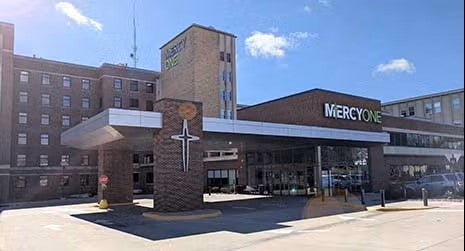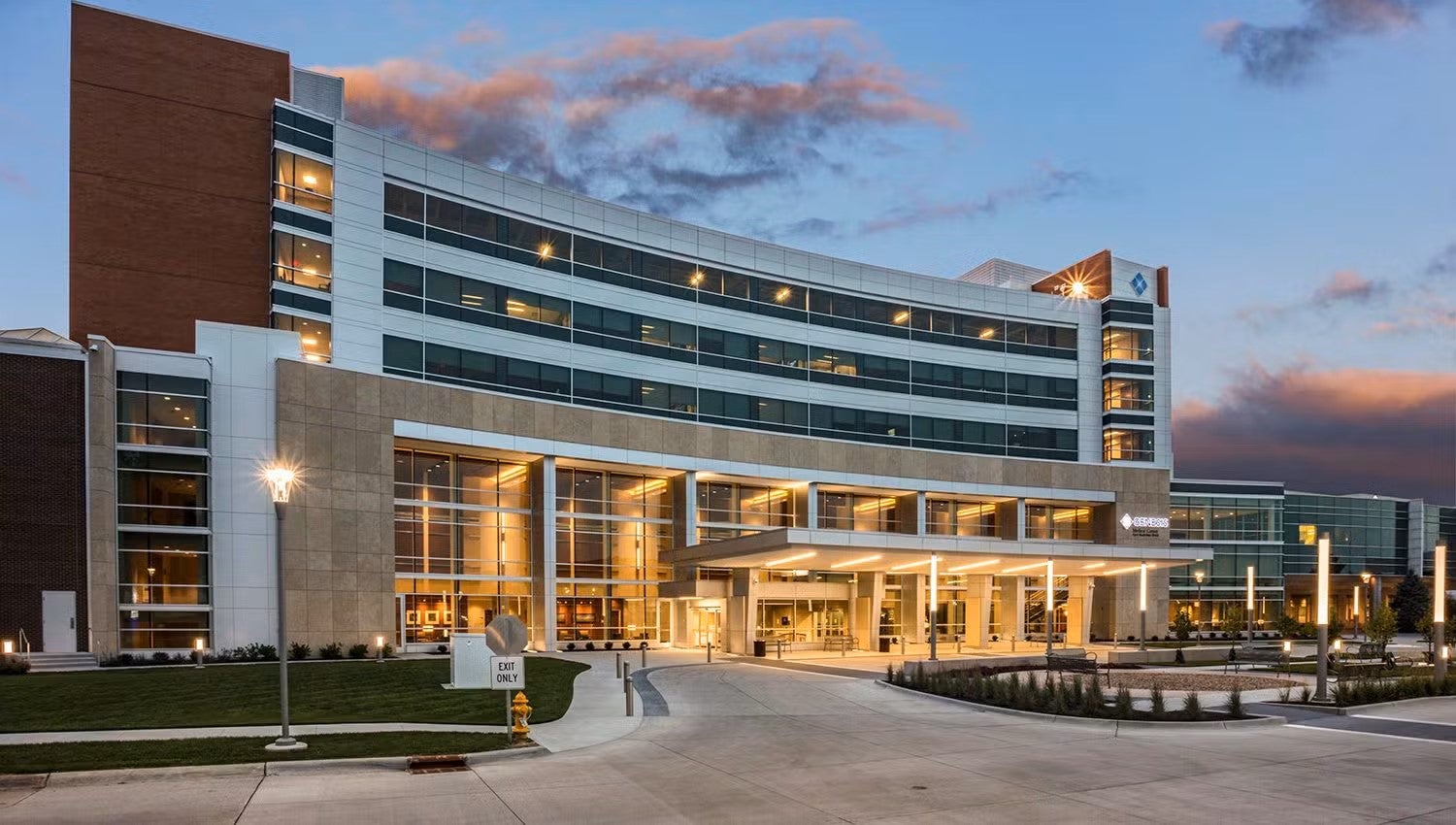Call 911 if you think you are having a stroke
Every 40 seconds, someone in the United States has a stroke. And stroke is the nation’s No.1cause of adult disability. When it comes to stroke treatment, you need to act fast, and you need the best care.
MercyOne stroke experts, powered with the latest technology, deliver the most advanced and coordinated approach to treating strokes. Our comprehensive care team can help with treatment options before, during and after a stroke.
Hear from our patients
Read how stroke survivors and their families found hope and healing through MercyOne Stroke Care.
Hear from our patientsAre you at a risk for a stroke?
Stroke can happen to anyone. Take our quick quiz to understand your risk for stroke and take control of your health.
Health Risk AssessmentStroke Care Blogs
From common myths to life-saving truths, discover expert insights on stroke symptoms, prevention and more.
Read moreWhat is a stroke?
A stroke, or "brain attack," begins when a brain artery or an artery leading to the brain becomes blocked or bursts. This disrupts blood flow to a part of the brain. If blood can’t get to the brain, brain cells stop working and begin to die. About 2 million brain cells are lost for each minute blood flow is delayed to the brain.
You have three hours to seek treatment from the time you start experiencing stroke symptoms. Treatment by stroke specialists within three hours gives you a greater chance for survival and a decreased chance of becoming disabled.
(B)ALANCE Is the person having trouble with balance or coordination?
(E)YES Is the person experiencing blurred or double vision or a sudden loss of vision in one or both eyes?
(F)ACE Ask the person to smile. Check to see if one side of the face drops.
(A)RMS Ask the person to raise both arms. See if one arm drifts downward.
(S)PEECH Ask the person to repeat a simple sentence. Check to see if words are slurred and if the sentence is repeated correctly.
(T)IME Time when the symptoms started and call 911 immediately.
If you think someone is having a stroke, the first thing you should do is call 911. It’s important to get medical help as quickly as possible. Remember: Most of these symptoms are sudden onset.
What are the risk factors for stroke?
Strokes are generally caused by risk factors ignored over time. The following risk factors can be controlled with the help of your primary care provider.
- High blood pressure is a leading risk factor for stroke. Have your blood pressure checked regularly. The ideal blood pressure is around 120/80.
- High cholesterol puts you at risk for heart disease and stroke. Your combined HDL (“good”) and LDL (“bad”) cholesterol should be below 200.
- Heart disease, or Atrial Fibrillation (AFib), occurs in an estimated 2.7 million Americans and is the most common type of irregular heartbeat (arrhythmia), which can clot and increase your stroke risk if it travels to the brain.
- Sleep Apnea can be linked to AFib and is associated with increased stroke risk.
- Diabetes: Approximately 20% of people with diabetes have a stroke. Maintain a blood sugar of less than 100.
- Smoking damages blood vessel walls and, increasesyour blood pressure, which can lead to a stroke. Within five years of quitting, your risk decreases to that of someone who doesn’t smoke.
- Alcohol: Drink no more than one glass of wine or beer per day.
- Obesity: Eat a diet low in sodium and fat. Moderate physical activity is recommended 30 minutes a day, at least five days per week.
However, some risks you can’t control, such as family history of stroke and age. If an immediate family member has a history of circulatory problems or stroke, you’re at an increased risk. While people ages 50 and older have a higher risk,a stroke can occur at any age. Up to 80% of strokes are preventable.
Talk to your MercyOne primary care provider to see what you can do to lower your risk of having a stroke.
What treatment options are available?
Stroke is the fifth leading cause of death and the leading cause of disability in the United States. Every year, life changes in an instant for more than 800,000 Americans who have a stroke. However, a stroke can be treated successfully when recognized early – the sooner treatment is received, the less damage it causes to the brain.
Stroke treatment depends on the type of stroke and severity and typically happens in the emergency department. A team of stroke experts will provide the best treatment options, which may include medications or surgical procedures to reduce or remove blood clots. It’s important to call 911 if you’re experiencing stroke symptoms.
Rehabilitation after a stroke is a team effort, which may occur in any of the following settings:
- Rehab facilities
- Skilled nursing facilities
- Home health programs
- Outpatient programs
Post-stroke care is managed by a team, including:
- Providers
- Nurses
- Speech therapists
- Physical therapists
- Occupational therapists
- Social workers
- Nurse case managers





